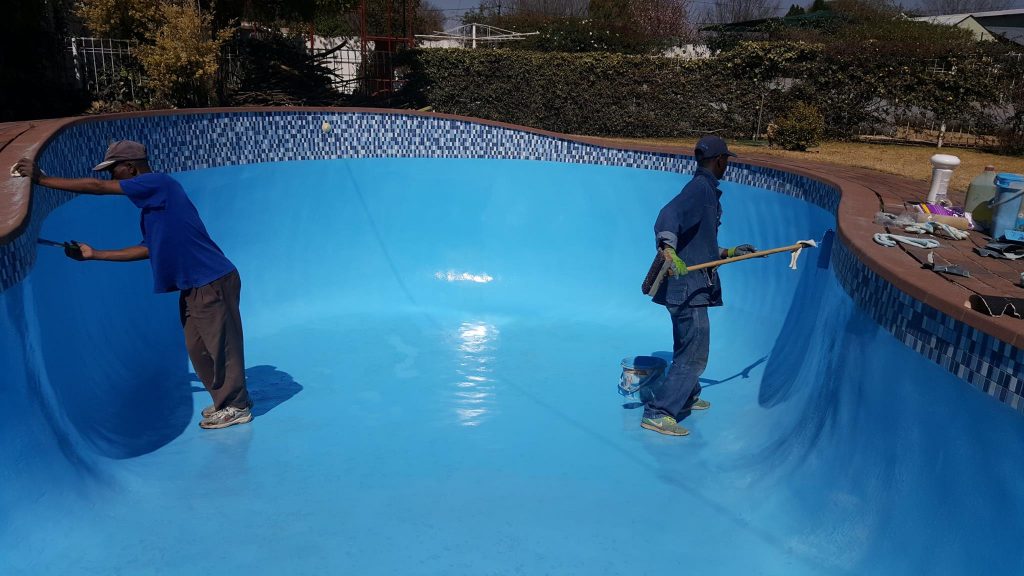A swimming pool is often the centerpiece of backyard enjoyment and relaxation. Its longevity and aesthetic appeal depend significantly on the quality and maintenance of its plaster. Pool plaster not only affects the pool’s appearance but also plays a crucial role in its structural integrity. This article delves into the nuances of pool plaster, offering insights into its types, installation, maintenance, and common issues.
What is Pool Plaster?
Pool plaster is a finishing material applied to the interior surface of swimming pools. It serves multiple functions: protecting the concrete or gunite shell from water damage, providing a smooth and visually appealing surface, and contributing to the overall durability of the pool. Typically, pool plaster consists of a mixture of cement, sand, and water, with some formulations including additives for enhanced performance.
Types of Pool Plaster
Standard White Plaster
Standard white plaster is the most traditional and widely used type. It is made from a blend of white cement and marble aggregate. This combination creates a smooth surface that is both durable and visually appealing. White plaster provides a classic look with a clean, bright finish. However, it is prone to staining and may require frequent maintenance to keep its appearance pristine.
Colored Plaster
Colored plaster offers a range of aesthetic options, allowing pool owners to match their pool’s color with their landscaping or architectural theme. This type of plaster incorporates pigments into the plaster mix, resulting in a variety of shades. While colored plaster can enhance the pool’s visual appeal, it may be more susceptible to fading and discoloration over time compared to white plaster.
Quartz Plaster
Quartz plaster is an upgraded version of traditional plaster, featuring a blend of cement, sand, and colored quartz crystals. The addition of quartz enhances the plaster’s durability and resistance to staining, while also offering a range of colors and textures. Quartz plaster is known for its long-lasting finish and minimal maintenance requirements, making it a popular choice for high-end pools.
Pebble Tec
Pebble Tec is a premium pool plaster option that incorporates small pebbles or stones into the plaster mix. This creates a textured surface that is both visually striking and highly durable. The combination of cement and pebbles provides a non-slip surface that is resistant to staining and erosion. Pebble Tec is available in various colors and pebble sizes, allowing for a customized look and feel.
The Installation Process
Preparation
The installation of pool plaster begins with proper preparation of the pool surface. This involves cleaning and repairing any cracks or damage in the concrete or gunite shell. A thorough cleaning is essential to ensure that the plaster adheres correctly and achieves a smooth finish. Any previous coating or debris must be removed to avoid compromising the new plaster.
Mixing the Plaster
The plaster mix is prepared according to the manufacturer’s specifications. This typically involves combining cement, sand, and any additional materials, such as quartz or pigments. The mixture is blended until it reaches a consistent, workable consistency. The quality of the mix is crucial, as it affects the durability and appearance of the finished plaster.
Application
Applying the plaster involves several steps. The mixture is applied to the pool surface using trowels or spray equipment, depending on the type of plaster and the size of the pool. The plaster is spread evenly and smoothed out to ensure a uniform surface. Proper application techniques are essential to avoid imperfections and ensure a long-lasting finish.
Curing
After application, the plaster needs to cure properly to achieve its full strength and durability. This involves keeping the plaster surface moist for a specified period, typically around 7-14 days. During this curing phase, the pool should be filled with water to help the plaster set and harden. Regular water checks and maintenance are required to ensure that the curing process is effective.
Maintenance and Care
Regular Cleaning
To maintain the appearance and longevity of pool plaster, regular cleaning is essential. This includes brushing the pool surface to remove algae, dirt, and debris. Using a soft brush helps prevent scratching the plaster and maintains its smooth finish. Regular skimming and vacuuming are also important to keep the water clean and reduce the buildup of contaminants.
Water Chemistry
Maintaining proper water chemistry is crucial for preserving the plaster’s integrity. Imbalanced water chemistry, particularly high acidity or alkalinity, can lead to etching, staining, or deterioration of the plaster surface. Regular testing of water pH, alkalinity, and calcium hardness is necessary to ensure that the water conditions are optimal for the plaster.
Repairing Damage
Despite the best care, pool plaster may develop cracks or other damage over time. Prompt repair is essential to prevent further issues. Small cracks can often be patched with a plaster repair kit, while more significant damage may require professional assessment and repair. Regular inspections help identify potential issues early and address them before they escalate.
Common Issues and Solutions
Staining
Staining is a common issue with pool plaster, particularly with white plaster. Stains can be caused by various factors, including metal deposits, organic material, and chemical imbalances. Regular cleaning and maintenance can help prevent stains. For existing stains, specialized stain removers or treatments may be required, depending on the type of stain.
Scaling
Scaling occurs when mineral deposits build up on the plaster surface, often due to high calcium levels in the water. This can create a rough texture and affect the pool’s appearance. Regular maintenance and water balancing can help prevent scaling. In severe cases, professional cleaning or acid washing may be necessary to remove the deposits.
Cracking
Cracks in the pool plaster can result from various factors, including settling of the pool structure, temperature changes, or poor installation. Small cracks can often be repaired with patching compounds, while larger or more severe cracks may require professional assessment. Addressing the underlying causes of cracking is essential to prevent recurrence.
Conclusion
Pool plaster plays a vital role in ensuring the longevity and aesthetic appeal of a swimming pool. Understanding the different types of plaster, the installation process, and the importance of maintenance can help pool owners make informed decisions and care for their pools effectively. By investing in quality plaster and adhering to proper maintenance practices, you can enjoy a beautiful and functional swimming pool for years to come.







Leave a comment
Your email address will not be published. Required fields are marked *